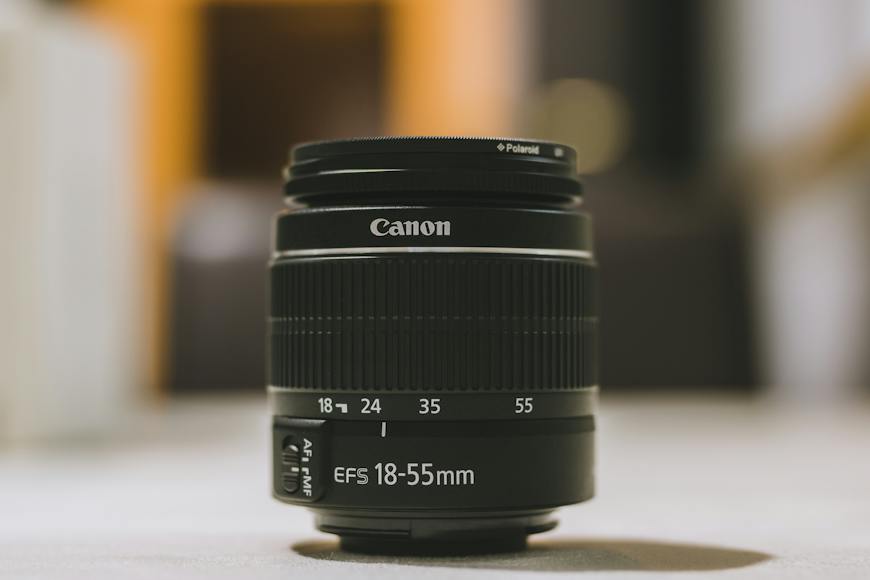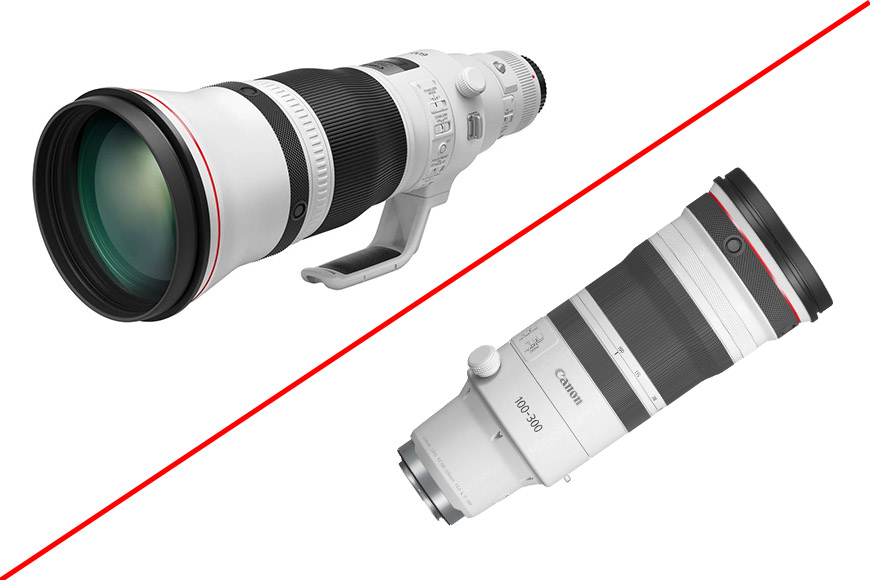
If you’re confused about the differences between a zoom vs telephoto lens, you’re in the right place.
Here, I’ll tell you what both of these lenses are and why they’re different. I’ll also discuss the pros, cons, and common uses for each of them.
Lastly, I’ll talk about telephoto lenses in smartphones and answer some FAQs related to both zooms and telephotos.
Let’s get started!
What Is the Difference Between a Zoom Lens and a Telephoto Lens?
The main difference between telephoto and zoom lenses is that zoom lenses have variable focal lengths, and telephotos have a fixed focal length.
So, when you talk about telephotos, you’re referring to the angle of view and the magnification of the subject.
Zoom lenses refer to those that have more than one focal length – regardless of how short or long it is.
What Is a Zoom Lens?

Credit: Alexandru G Stavrica
A zoom lens means one that has a variable focal length. This means you can have shorter and longer focal lengths without changing lenses.
The zoom range can include different types of lenses or remain in the same category.
So, you can have a wide-angle zoom (for example, an 18-35 mm) or a zoom lens that bridges from a wide-angle to a medium telephoto (35-150mm).
Telephoto zoom lenses have longer focal lengths than 50mm.
What Is a Telephoto Lens?


Credit: Wolfgang Weiser
As you probably know, a normal lens is the one that represents real life as close as possible to how the human eye sees it.
To simplify things, I’ll refer to the 50mm lens as normal. However, remember that this changes according to the format of the film or sensor you’re using.
A 50mm lens is the normal lens of a 35mm film camera or a full-frame digital camera.
So, anything longer than 50mm is considered a telephoto, and anything shorter is a wide angle.
Telephoto lenses are sub-categorized into short, medium, and super telephotos depending on the focal length.
Can a Telephoto Lens Also Be a Zoom Lens?
Yes – both characteristics aren’t mutually exclusive.
Telephoto lenses can have different focal lengths. In this case, they’re called telephoto zoom lenses.
Telephoto vs Zoom: Pros & Cons


Upper Left: Canon EF 600mm f/4 IS./ Bottom Right: Canon RF 100-300mm f/2. Credit: Canon Europe
We’ve already established that telephoto and zoom are terms that don’t categorize comparable things. So, I’ll talk about the pros and cons of telephoto prime lenses and telephoto zooms.
On the plus side, a telephoto prime lens will deliver sharper images. It will also have a larger maximum aperture – a great advantage when you shoot in low-light conditions.
How Much Do You REALLY Know About Photography?! 🤔
Test your photography knowledge with this quick quiz!
See how much you really know about photography…


Also, prime lenses are lighter and require less maintenance because they have fewer moving pieces.
On the downside, you’re stuck with the same focal length unless you carry more than one lens. This also means having to change lenses throughout the photoshoot.
Zooms, meanwhile, are more versatile because you can change focal lengths with the same lens. However, they usually have a smaller maximum aperture.
They’re also heavier and often more expensive if you want a fast lens.
You can read more about the difference between prime vs zoom lenses here.
What Is a Telephoto Lens Used for?
Telephoto lenses have many uses.
Shorter telephotos are often used in portrait photography. Many professionals often use an 85mm or a 135mm lens in their photo shoots.
Usually, this is because it’s easier to create a shallow depth of field.
Longer focal lengths are used whenever you can’t get close to the subject – for example, wildlife or sports photography.
What Is a Zoom Lens Used for?
Zoom lenses are used when you won’t have the opportunity to switch lenses. The specific use changes depending on the focal range.
You can use zooms to experiment with different framings and magnifications without changing the lens or moving around.
Telephoto vs Zoom Lens: Which Should You Buy?
Different photographers have different needs. So, the right lens for one can be wrong for another.
If you can afford to buy and carry many lenses, a prime lens is better.
However, if you need to change focal lengths in seconds or you’re in weather conditions where it’s recommended not to expose the sensor, zooms can be a better choice.
Telephoto vs Zoom on iPhone/Android


Credit: Torsten Dettlaff.
In smartphones, a telephoto is a lens with a long focal length. Meanwhile, a zoom is a digital magnification, which usually means that you’ll be losing picture quality.
What Is a Telephoto Lens in Mobile?
A telephoto lens in mobile refers to a long fixed focal length lens. A phone can have a built-in telephoto camera lens, or you can buy an external one to attach to your phone.
Telephoto vs Zoom FAQs
Do I need a Zoom, Macro, or Telephoto lens for birds and sports?
Telephoto lenses are the most common for birds and sports photography. A prime lens will give you sharper images and a wider maximum aperture. However, a telephoto zoom lens is more versatile. Ultimately, it depends on how variable the conditions you’ll be shooting in are.
What are the disadvantages of a telephoto lens?
A telephoto lens means you’ll always have to keep your distance from the subject. This is a disadvantage when you’re shooting in small spaces. If it’s a prime telephoto lens, you’ll have only one focal length, which can also be a disadvantage if you need versatility.
Would a fixed or zoom telephoto lens be better for learning?
Fixed focal length lenses are good because they teach you the value of physically moving to find a different composition and point of view.
However, it’s easier shooting with zooms because you can compare the frame, depth of field, etc., without worries or constraints.
So, most photographers are divided on this one. I believe it depends on the type of photography you want to learn.
Why buy prime super telephoto lenses instead of zoom super telephoto lenses?
The biggest advantages of a prime lens are that they have faster focus, the widest apertures, and they deliver sharper images. All these are helpful in wildlife and sports photography, which is where you’d most likely need a super telephoto.
Is it better to use a camera’s macro mode or to zoom in with a telephoto lens?
Macro mode allows you to focus at the shortest possible distance, while telephoto lenses allow you to capture subjects that are further away. So, it depends on what you want to capture.
Are telephoto lenses good for landscape photography?
Landscape photography is mostly done with wide-angle lenses. However, there are some situations where longer focal lengths can be useful – for example, to capture the top of a mountain.
What’s the difference between a telephoto lens and a wide-angle lens?
A wide-angle lens’ focal length is shorter than a normal lens. Instead, a telephoto has a longer focal length. The angle of view of a telephoto is narrower than the angle of view of a wide-angle one.
Highly Recommended


Check out these 8 essential tools to help you succeed as a professional photographer.
Includes limited-time discounts.






